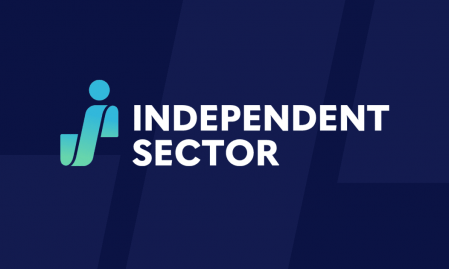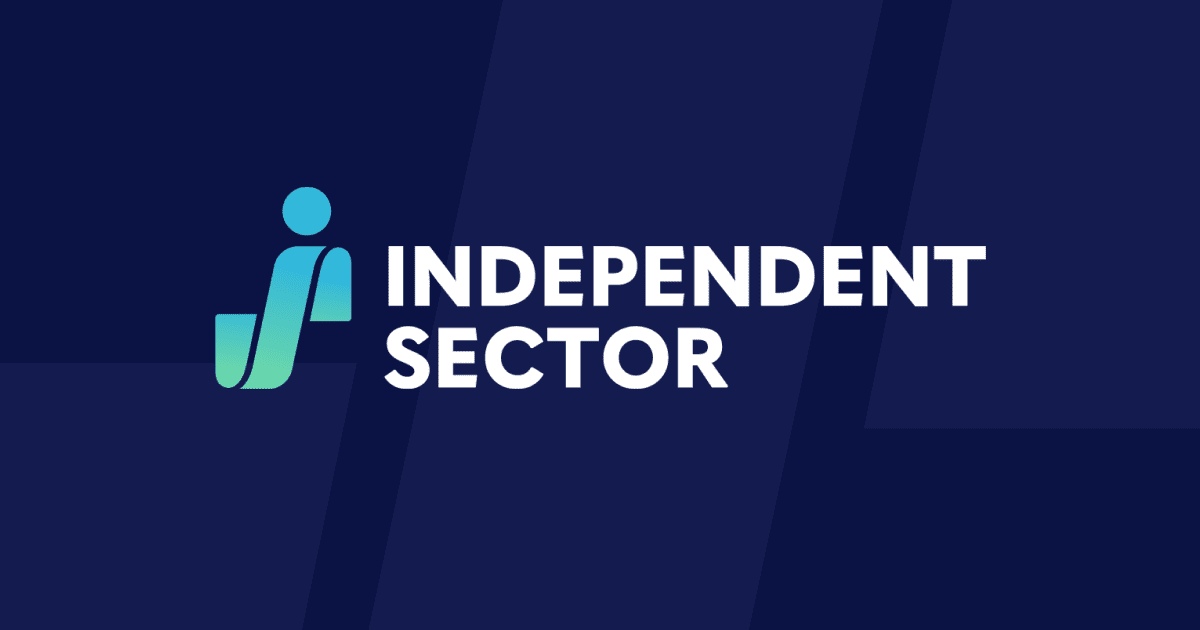In 2014, Independent Sector convened a cross-sector working group to review a 2005 recommendation to require a five percent payout for DAFs. The working group considered available DAF data and issued this report to the Independent Sector Board of Directors. Based on the working group’s recommendations, the IS Board concluded that efforts to establish a payout rate would not necessarily increase the overall amount of funding DAFs allocate to nonprofit organizations. The Board also recommended that DAF managers ensure their aggregate payout rates are transparent by making them publicly accessible on an annual basis.
Definition
The Internal Revenue Code section 4966(d)(2) defines a donor-advised fund as a fund or account that is owned and controlled by a sponsoring organization, separately identified by reference to contributions of a donor or donors, and to which the donor or a designated advisor has or reasonably expects to have advisory privileges with respect to the distribution or investment of the assets in the fund. The definition specifically excludes a fund or account that makes distributions only to a single identified organization or governmental entity or that makes grants for travel, study or similar purposes provided that certain conditions are met.
Growth of Donor-Advised Funds
Assets in donor-advised funds have grown very rapidly in recent years. According to the National Philanthropic Trust’s (NPT) 2013 Donor-Advised Fund Report, assets in DAF accounts totaled $32B in 2007, climbing to over $45B in 2012. The Chronicle of Philanthropy reports that in the first quarter of 2013, donor-advised funds received $7.8 B in gifts and awarded more than $3.4 B in grants, representing a 41% increase in contributions and an 18% increase in grants over the first quarter of 2013.
Donor-advised funds (DAFs) are a great vehicle for philanthropic endeavors. They are a convenient way for donors to make contributions of cash or non-cash assets to a public charity which in turn manages the contribution for grant-making recommended by the donors. They are seen by many donors as a more flexible, prudent and cost effective alternative to creating a private foundation. As with individual contributions, these donations are tax deductible.
Partly as a result of the rapid growth of DAFs, questions have been raised about (1) the rate or amount of annual fund payout from donor-advised funds, and (2) perceived lack of transparency regarding the donor’s identity, and the areas of interest to which funds are being directed. To explore these questions Independent Sector invited a group of practitioners and experts on June 14th to consider if any changes ought to be made to IS’s policy with regard to donor-advised funds.
Independent Sector Advisory group on donor-advised funds:
- Diana Aviv, Independent Sector (Chair)
- Ronna Brown, Philanthropy New York
- Fred Goldberg, Skadden Arps Slate Meagher & Flom LLP
- Emily Greer, ALSAC, Inc./St. Jude’s Research Hospital
- Phil Hackney, LSU Law Center, Louisiana State University
- Emily Lam, Skadden Arps Slate Meagher & Flom LLP
- Jill Manny, National Center on Philanthropy & the Law, New York University School of Law
- Celia Roady, Morgan, Lewis & Bockius LLP
- Lorie Slutsky, The New York Community Trust
- Sterling Speirn, Immediate past President W.K. Kellogg Foundation; IS Associate Member
Pay-Out
Critics argue that while DAFs provide an immediate tax benefit to donors, there is no requirement that these donations be actually paid out to charities in a timely manner – indeed funds potentially could sit in a DAF in perpetuity.
It appears that this concern is more theoretical than real. While the payout rate varies from fund to fund, the overall payout rate since 2007 for DAFs exceeds 16%, far in excess of the required 5% payout rate for private foundations. We believe that efforts to establish a pay-out rate for DAFs that mirrors that of private foundations would in fact drive down the payout rate and would risk creating a ceiling rather than a floor. The IS Panel on the Nonprofit Sector1 in June, 2005 recommended that each sponsoring charity should be required to make an aggregate minimum distribution (across all of its donor-advised funds) equivalent to 5% of the aggregate asset balance of all its donor advised funds at the end of the previous year. This advisory group recommended that all organizations managing such funds should be encouraged on an annual basis to share via their websites or other publicly accessible vehicle, their aggregate payout rates.
DAFs provide a flexible mechanism for donors to make charitable contributions, and all funds put in a DAF are irrevocably committed to the public charity sponsor and are used for charitable purposes.
There are times when a delay in payout is warranted. For example, donors may need to take the time to become educated about various charitable options and wisely consider, in consultation with knowledgeable professionals, the highest and best use of those funds within a particular field of interest. There are occasions when donors may wish to accumulate funds over time so that they can recommend a more substantial gift, such as for a capital improvement, when there is greater capacity to do so. Donors may also wish to create an endowed fund that becomes a part of the corpus of the sponsoring organization such as a community foundation the earnings of which are used to fund annual grants. Finally, some illiquid donations may require some time by the sponsoring organization to be converted to cash.
Transparency
Some members of the charitable community have argued that since the community foundation or another sponsoring organization of the DAF operates as an intermediary between donor and charity, the charity is deprived of the opportunity to make its case directly to the donor. It is a misperception that DAFs are necessarily less accessible to charities than many private and family foundation funds. In fact, large numbers of private and family foundations do not accept unsolicited proposals. Further, fund seeking organizations are able to meet with a number of the charitable organizations managing donor advised funds. Many of the sponsoring organizations, especially community foundations, are better able to facilitate matching the wishes of the donor with eligible programs, thus reducing time spent by charities submitting proposals that would not seriously be considered.
Finally, donors have always enjoyed the right to remain anonymous, whether using a DAF or making a contribution directly to a charity. Privacy and confidentiality are important considerations for many donors. For some, charitable giving with the help of a sponsoring organization stems from the desire to give to charitable causes without being inundated with requests from other fund seekers. There are donors who may wish to give to an unpopular cause that could evoke hostile feelings from others in their community and potentially be a source of discomfort, or even a threat to their families. And for still others, making a gift where the donor receives no credit at all is considered to be the most generous gift of all. However, unless a donor has specifically requested anonymity, recipients of donations through DAFs are typically informed of the identity of the donor.
Conclusion
The charitable sector has a long and rich tradition of support from the community and the public. Millions of Americans make donations each year, collectively providing nearly $300 billion to support the work of charitable nonprofit organizations. The generosity of donors makes possible initiatives and efforts that improve life for others locally, nationally and globally. We are encouraged that people are willing to support charitable causes and we continue to believe that donor-advised funds are a much valued and useful vehicle for the expression of these charitable impulses.
Approved by the IS Board of Directors, September 18, 2014

